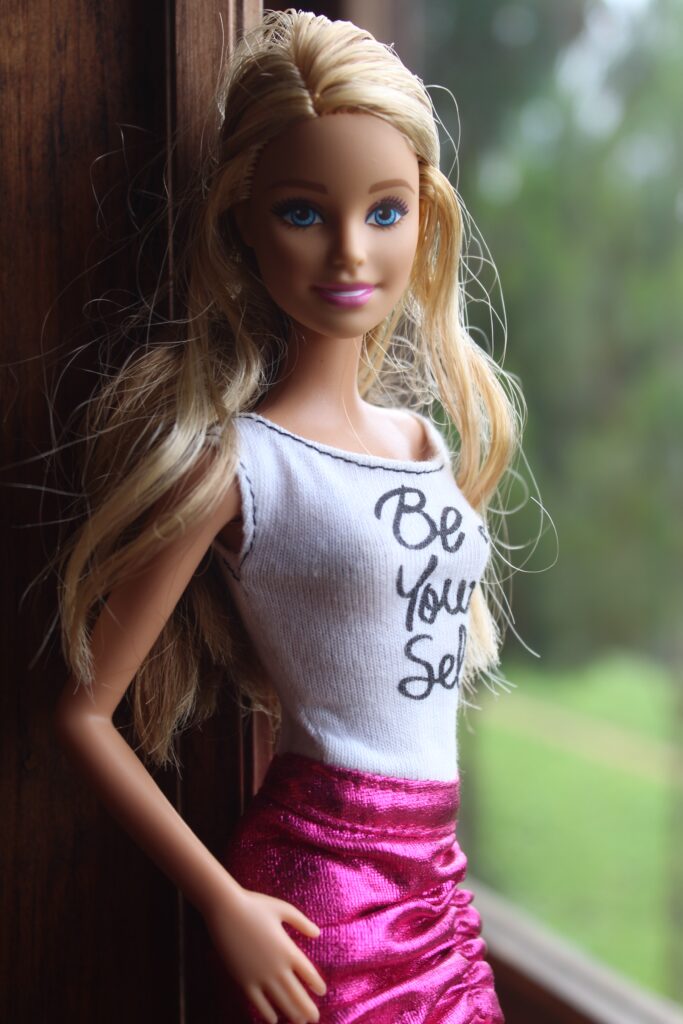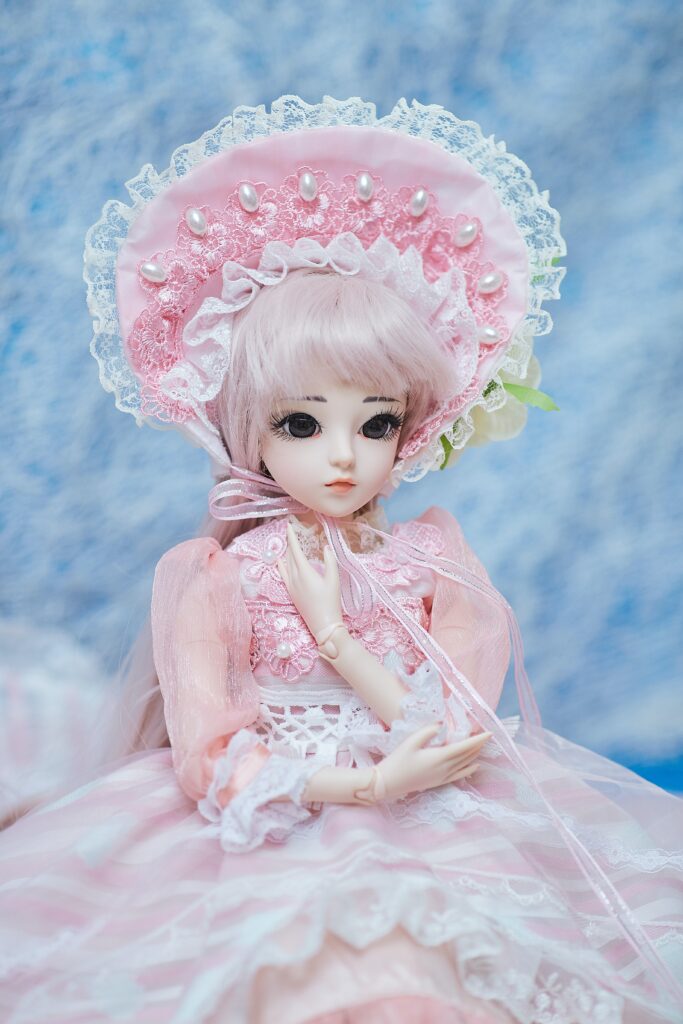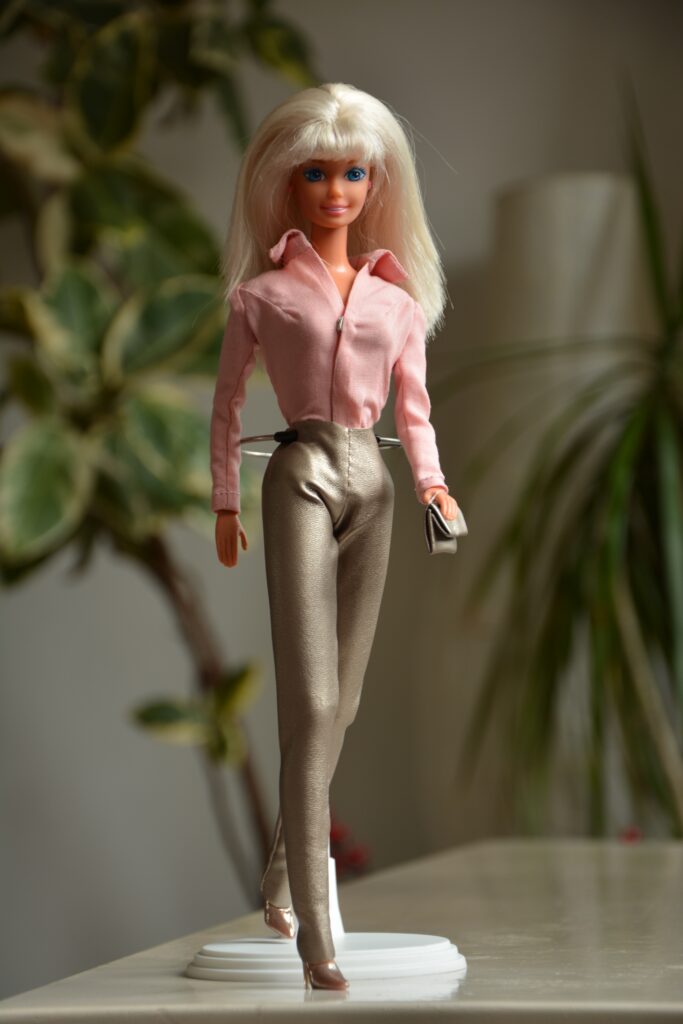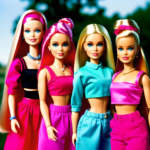
In this article, you will learn about the introduction of Barbie to the market. We will explore the year when Barbie made its debut and the impact it had on the toy industry. Additionally, we will discuss the evolution of Barbie throughout the years and how it has become a cultural icon. By the end, you will have a better understanding of the fascinating history behind this beloved toy.
The History of Barbie
The Creation of Barbie
The idea behind Barbie originated from Ruth Handler, the co-founder of Mattel, who noticed her daughter Barbara playing with paper dolls and imagining them as grown-ups. This sparked the idea of creating a three-dimensional doll that would allow young girls to envision their future selves. Ruth Handler, along with her husband Elliot Handler and friend Jack Ryan, embarked on the journey of bringing Barbie to life.
The collaboration between Ruth Handler and Jack Ryan was crucial in the creation of Barbie. Ryan, an engineer, worked on designing the prototype for the doll. Ruth Handler, on the other hand, provided the vision and the concept for Barbie. Together, they crafted a doll that was unlike any other on the market at the time.
The Introduction of Barbie to the Market
Barbie made her first public appearance at the American International Toy Fair in New York City. This debut was a significant event in the toy industry, as Barbie revolutionized the way young girls played and interacted with dolls. Her realistic features and fashionable outfits set her apart from the traditional baby dolls that were prevalent at the time.
In March 1959, Barbie was officially launched and made available for purchase. The response from consumers was overwhelming, and Barbie quickly became a sought-after toy. Mattel’s advertising and marketing strategy played a significant role in Barbie’s success. The doll was marketed as a fashion-forward companion for young girls, emphasizing her stylish wardrobe and accessories.
The Impact of Barbie
Barbie’s introduction to the market had a profound impact on the toy industry. She paved the way for a new era of dolls that focused on individuality and empowerment. Barbie encouraged young girls to dream big and pursue their ambitions, as she was portrayed in various career paths, from a doctor to an astronaut. This influential role model had a lasting impact on the way young girls perceived their own potential.
Barbie also played a significant role in shaping beauty standards. With her slim figure and flawless features, she set a standard of beauty that was not always attainable for young girls. Critics argued that Barbie promoted an unrealistic body image, leading to body image issues and low self-esteem among some individuals.
Despite the controversies surrounding Barbie’s body image, she remained a cultural icon globally. Her presence in movies, TV shows, and advertisements continued to solidify her status as a beloved and recognizable figure. Barbie represented more than just a doll; she became a symbol of empowerment and imagination for generations of young girls.

The Evolution of Barbie
Over the years, Barbie has undergone various transformations to adapt to changing times and cultural shifts. She has taken on different career paths, breaking gender stereotypes and encouraging girls to pursue their passions. From a teacher to a businesswoman, Barbie has proved that women can excel in any field they choose.
Barbie’s physical appearance has also evolved to embrace diversity and inclusivity. Mattel introduced dolls of different ethnicities, body types, and disabilities, allowing young girls to see themselves represented in their toys. This move was applauded for promoting inclusivity and fostering a sense of acceptance and representation among children.
Barbie’s collaborations and partnerships with brands and celebrities have further expanded her reach and popularity. From fashion designers to iconic celebrities, Barbie has been dressed by renowned designers and has collaborated with influential figures in various fields.
Controversies Surrounding Barbie
Barbie has not been without her share of controversies. One of the main criticisms has been her impact on body image. Some argue that Barbie’s unrealistic proportions contribute to negative body image and unrealistic beauty standards among young girls. However, Mattel has taken steps to address these concerns by introducing more diverse body types, encouraging body positivity and self-acceptance.
Another criticism directed towards Barbie is the portrayal of stereotypical role models. Critics argue that Barbie’s emphasis on fashion and beauty reinforces traditional gender roles and limits the aspirations of young girls. However, Barbie’s career-focused dolls have aimed to challenge these stereotypes by showcasing women in empowering roles and inspiring young girls to pursue their dreams.
Barbie’s impact on children’s perceptions has been a subject of debate. Some argue that Barbie’s glamorous and materialistic image may influence children to prioritize appearance and material possessions over other qualities. However, others argue that Barbie’s versatility and ability to encourage imaginative play outweigh any negative effects.

Barbie Collecting and Popularity
Barbie’s popularity among collectors has skyrocketed over the years. Collectors worldwide seek out rare editions and limited collections, driving up the value of these dolls. Barbie has become more than just a toy; she is now a collectible item that holds significant sentimental and monetary value.
Mattel has released numerous limited edition and special collections to cater to collectors’ demands. These editions often feature collaborations with renowned fashion designers, celebrities, and pop culture icons, adding to their exclusivity and desirability.
Barbie in Popular Culture
Barbie’s influence extends beyond the toy industry. She has made appearances in movies and TV shows, capturing the hearts of audiences worldwide. Barbie has also left her mark on the fashion and design industries, inspiring designers and influencing trends. Her iconic look has become synonymous with glamour and style.
With the rise of social media, Barbie has embraced this platform and found a new way to connect with her audience. Through Instagram and other social media channels, Barbie shares her adventures and inspires young girls around the world.

Barbie’s Legacy and Cultural Significance
Throughout her history, Barbie has left a lasting legacy and cultural significance. She has become a global phenomenon, captivating the hearts of millions of young girls and inspiring them to dream big. Barbie’s impact on empowering girls cannot be understated, as she has challenged gender norms and encouraged girls to embrace their individuality.
Furthermore, Barbie has made significant contributions to education and philanthropy. Through initiatives such as the Barbie Dream Gap Project, Mattel aims to empower girls and provide equal opportunities for them to thrive in all aspects of life. Barbie has become an advocate for girls’ education and gender equality, leaving a positive impact on society.
In conclusion, Barbie was introduced to the market in March 1959 and quickly became a cultural icon. Her creation by Ruth Handler and collaboration with Jack Ryan revolutionized the toy industry, setting a new standard for dolls. Despite controversies surrounding body image and stereotypes, Barbie’s evolution and adaptability have allowed her to remain relevant and influential. She continues to inspire young girls, promote inclusivity, and champion important causes. Barbie’s enduring popularity and legacy make her more than just a doll; she is a symbol of empowerment, imagination, and limitless possibilities.










